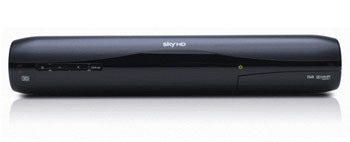Recently released data from BARB, the broadcasting industry’s audience measurement organisation, has revealed that timeshifting makes up 10 percent of TV viewing in the United Kingdom, setting a new record. However, this consists mainly of recording soaps and dramas, which are then watched later on that same day. The figures were based on data for the week ending the 25th of September.
 |
| Timeshifting makes up 10% of TV viewing in the UK |
British viewers are using DVR (digital video recorder) devices such as Sky+HD or similar set-top boxes in order to record television programmes to be enjoyed at a later time. The groups found to be most active in using these devices to record shows to watch later were ABC1s and 16-34 year olds. For these demographics, around 16 percent of the programming they watch were timeshifted.
Approximately 50 percent of UK homes now have a personal video recorder (PVR) installed. For these people around 32 percent of all dramas viewed were timeshifted, as were 26 percent of soaps, 23 percent of documentaries, and 21 percent of entertainment programmes.
When adjustments were made to take into account the audience as a whole (i.e. including those who do not have access to DVR/PVR facilities), the numbers fell to 20 percent for drama programmes, 16 percent for soap viewing, 15 percent for documentary viewing and 13 percent for entertainment programmes. At the bottom end of the scale were news programmes (which came in at just 1 percent), live sports and children’s TV.
The data showed that a large proportion of timeshifted viewing actually occurred on the same day as the initial broadcast, with nearly half (48 percent to be precise) being watched on the same day. However, BARB has pointed out that 98 percent of the viewing it measures takes place on TV sets, be them traditional CRTs or newer flat-screen HDTV displays. With consumer habits now changing, the London-based broadcasting industry body plans to start combining its existing figures with newer data, which would include video requests made via internet servers.